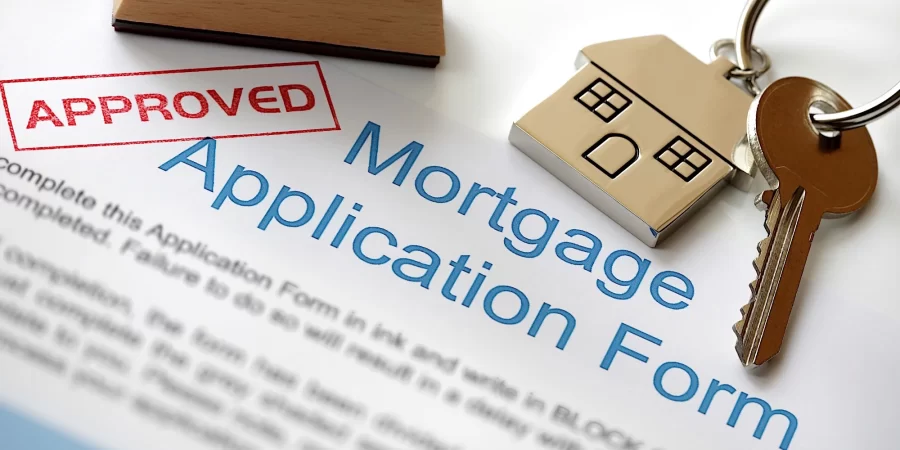Embarking on the journey to homeownership can feel like navigating through a maze, especially when faced with the intricate terminology and processes associated with mortgages. For prospective homebuyers, understanding the language of mortgages is a crucial step towards making informed decisions. In this guide, we’ll decode the terms that often create confusion, providing clarity and empowering you to navigate the mortgage maze with confidence.
Cracking the Mortgage Code
Before delving into specific terms, let’s establish a foundation by understanding the basic concepts:
1. Mortgage:
A mortgage is a loan used to finance the purchase of real estate. It is a legal agreement between the borrower (homebuyer) and the lender, outlining the terms and conditions of the loan.
2. Principal:
The principal is the initial amount borrowed to buy a home. It serves as the baseline upon which interest is calculated.
3. Interest:
Interest is the cost of borrowing money, expressed as a percentage of the loan amount. It significantly influences the total amount repaid over the life of the loan.
4. Down Payment:
The down payment is the upfront payment made by the homebuyer, typically calculated as a percentage of the home’s purchase price. A larger down payment often leads to more favorable loan terms.
Navigating the Mortgage Maze
Now, let’s unravel some of the terms that frequently appear in the mortgage maze:
1. Amortization:
Amortization refers to the gradual repayment of the principal loan amount over time. It involves a schedule of regular payments that cover both principal and interest.
2. Escrow:
Escrow is an account held by a third party, usually the lender, to manage and disburse funds for property taxes, homeowners insurance, and other related expenses.
3. Closing Costs:
Closing costs are the various fees and charges associated with finalizing a real estate transaction. These can include appraisal fees, title insurance, and legal fees.
4. Loan-to-Value (LTV) Ratio:
The LTV ratio is the ratio of the loan amount to the appraised value of the property. It helps assess the risk for the lender and may impact the interest rate offered to the borrower.
5. Private Mortgage Insurance (PMI):
PMI is insurance that protects the lender if the borrower defaults on the loan. It is often required when the down payment is less than 20% of the home’s purchase price.
6. Fixed-Rate Mortgage:
A fixed-rate mortgage has a constant interest rate throughout the loan term, providing stability and predictable monthly payments.
7. Adjustable-Rate Mortgage (ARM):
An ARM has an interest rate that can change periodically, typically after an initial fixed period. Initial rates are often lower but can fluctuate over time based on market conditions.
Strategies for Success
As you navigate the mortgage maze, consider adopting the following strategies for a smoother journey:
1. Educate Yourself:
Take the time to familiarize yourself with mortgage terms and processes. Resources from reputable sources can be valuable in building your knowledge.
2. Consult with Professionals:
Engage with experienced real estate agents and mortgage brokers. Their expertise can provide valuable insights and guidance throughout the homebuying process.
3. Thorough Document Review:
When presented with loan documents, review them thoroughly. Seek clarification on any terms or conditions that may be unclear to ensure you fully understand the terms of the mortgage.
Conclusion: Navigating with Confidence
Decoding the terms associated with mortgages is a vital step towards becoming an informed homebuyer. By understanding the language, unraveling the complexities, and adopting informed strategies, you can navigate the mortgage maze with confidence. Remember, knowledge is your key ally in the journey to homeownership.





Leave a Reply